In recent years, an unexpected trend has emerged in the automotive world: younger buyers are gravitating towards classic cars. This resurgence of interest is driven by a combination of nostalgia, investment potential, and a desire for a unique driving experience that modern vehicles often lack.
The Allure of Nostalgia
Classic cars have long held a place in popular culture, but recent films, music videos, and social media platforms have breathed new life into this fascination for younger generations. Movies like “Ford v Ferrari,” which showcases the iconic 1966 Ford GT40, have rekindled interest in vintage automobiles by highlighting their historical significance and unique designs. Meanwhile, social media platforms like Instagram and TikTok provide spaces for enthusiasts to share their passion, creating vibrant communities centered around classic car culture.
Beyond cultural influences, family stories often play a pivotal role in sparking an interest in vintage cars. Many young enthusiasts recount tales of their parents’ or grandparents’ cherished vehicles, such as the 1965 Chevrolet Impala or the 1973 Porsche 911. These stories, filled with road trips, weekend repairs, and personal triumphs, form a narrative thread that ties the younger generation to the past. This familial connection can inspire a deep-seated admiration for classic automobiles, prompting younger buyers to seek out these vehicles to create their own memories.
Investment Potential
In today’s financial climate, savvy investors are constantly on the lookout for opportunities that combine enjoyment with potential returns. Classic cars have emerged as a compelling option, with models like the 1962 Ferrari 250 GTO fetching astronomical prices at auctions. Unlike many other collectibles, classic cars often appreciate in value over time, making them an attractive investment for those who appreciate both the aesthetic and economic aspects of vehicle ownership.
Market trends indicate a rising demand for classic vehicles, driven by a combination of limited supply and increased interest from younger buyers. The Hagerty Market Rating, for instance, has shown a steady increase in the value of classic cars over the past decade. Factors such as the historical significance of certain models, the quality of craftsmanship, and the originality of the vehicle all contribute to their investment potential. As younger buyers enter the market, they are drawn to models like the 1984 Audi Quattro, which offer both nostalgic value and promising returns.
The Unique Driving Experience
For many younger buyers, the appeal of classic cars lies in the unique driving experience they offer. Unlike modern vehicles, which often prioritize digital interfaces and automated systems, classic cars require a more tactile and mechanical engagement. Driving a 1969 Dodge Charger, for example, is a visceral experience that connects the driver to the road in a way that modern cars often cannot replicate. This hands-on interaction with the vehicle is something that many young enthusiasts find deeply rewarding.
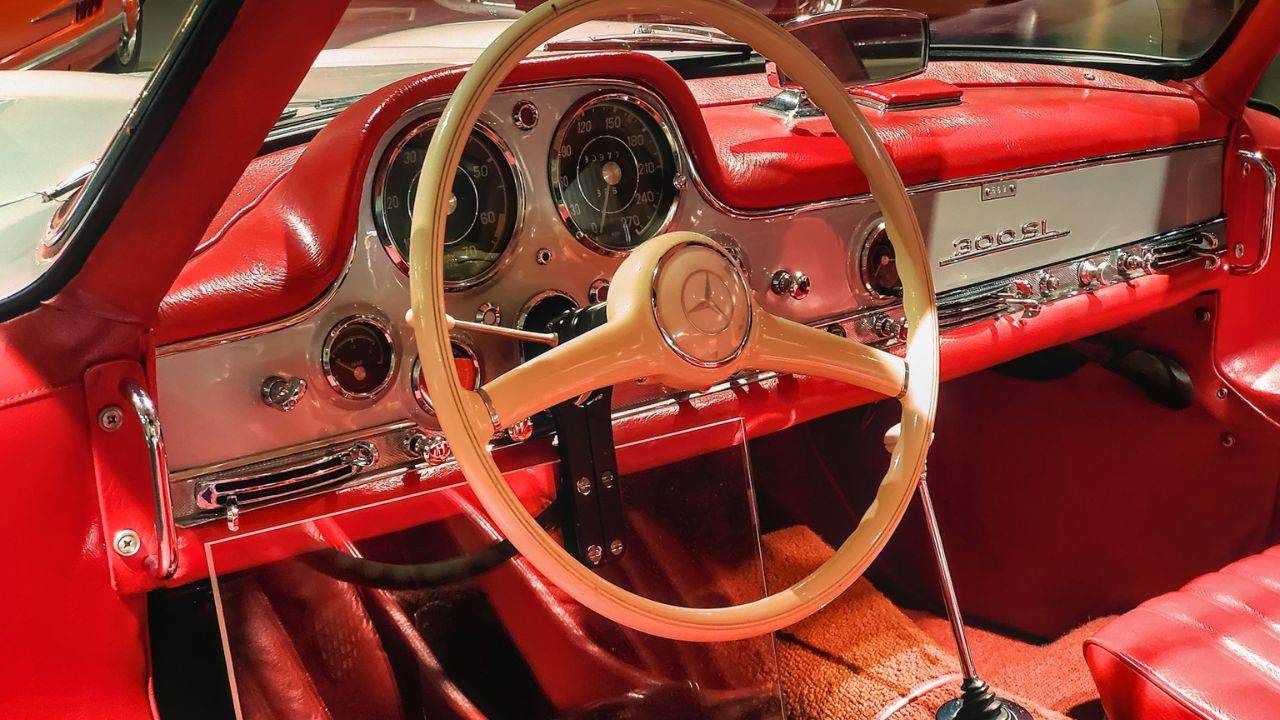
Additionally, the aesthetic appeal of classic cars cannot be understated. Models like the 1957 Chevrolet Bel Air are celebrated for their distinctive design elements and craftsmanship, which set them apart from contemporary vehicles. The attention to detail in the bodywork, interiors, and mechanical components of these cars speaks to a bygone era of automotive design, one that younger buyers are eager to experience firsthand. This appreciation for the artistry of classic cars often drives enthusiasts to preserve and restore these vehicles, ensuring their legacy endures.
Environmental and Technological Considerations
As environmental concerns become increasingly prominent, younger buyers are seeking ways to reconcile their passion for classic cars with sustainable practices. One solution is the electric conversion of vintage vehicles, a trend that has gained traction in recent years. Companies like Electric Classic Cars are transforming models such as the 1976 Porsche 914 into electric-powered machines, offering an eco-friendly alternative that retains the charm and character of the original vehicle.
In addition to electric conversions, younger enthusiasts are creatively integrating modern technology into classic cars. By installing features like GPS navigation, Bluetooth connectivity, and advanced sound systems, owners can enhance the functionality of their vehicles without compromising their authenticity. This blending of old and new technology allows classic car owners to enjoy modern conveniences while preserving the timeless appeal of their vehicles.
Community and Lifestyle
The classic car scene is more than just a collection of vehicles; it’s a vibrant community that fosters connections among enthusiasts. Car clubs, meetups, and events provide platforms for like-minded individuals to share their passion, exchange knowledge, and celebrate their love for vintage automobiles. Events like the Goodwood Revival in the UK or the Woodward Dream Cruise in the US draw thousands of attendees, including younger enthusiasts eager to immerse themselves in the culture of classic cars.
For many, owning a classic car is also a lifestyle choice that reflects personal values and tastes. It represents a commitment to preserving a piece of automotive history and a desire to stand out from the crowd. Whether it’s a meticulously restored 1970s Volkswagen Beetle or a sleek 1960s Jaguar E-Type, these vehicles become an extension of their owner’s identity, showcasing their appreciation for craftsmanship, design, and heritage. As younger buyers continue to embrace classic cars, they are not only preserving the legacy of these vehicles but also carving out a unique niche within the automotive landscape.
Like Fast Lane Only’s content? Be sure to follow us.
Here’s more from us:
*Created with AI assistance and editor review.

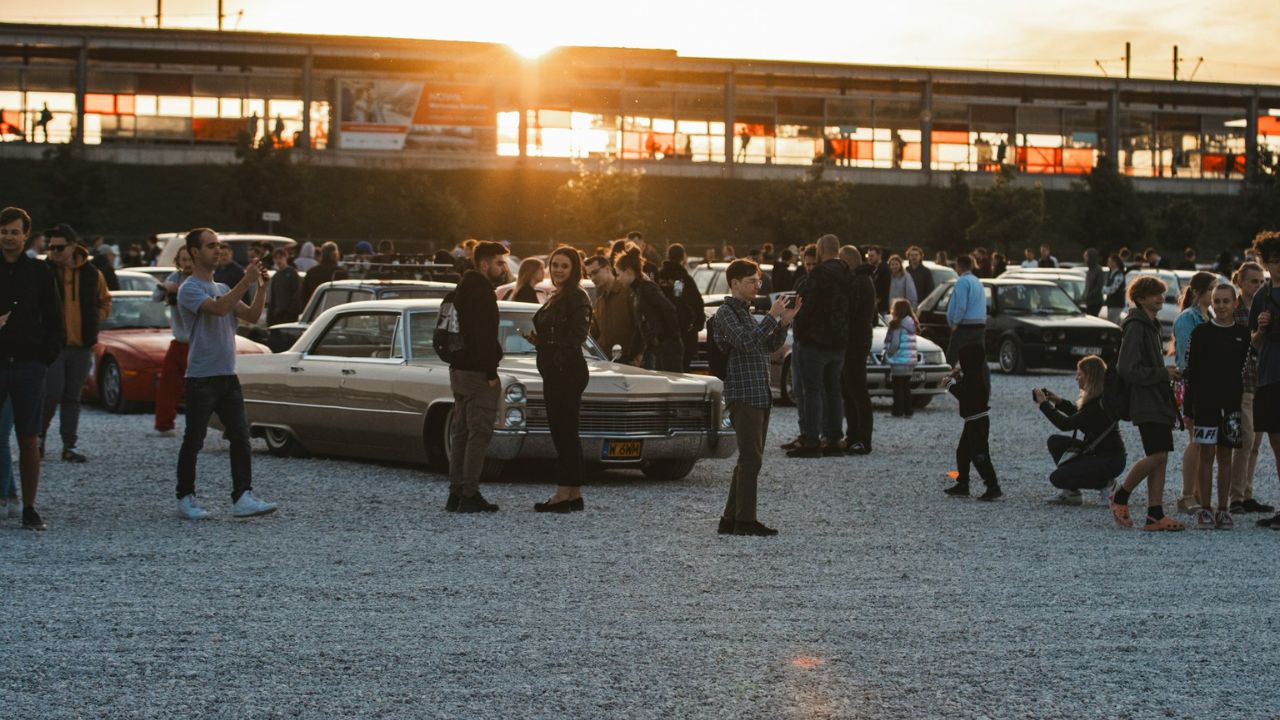
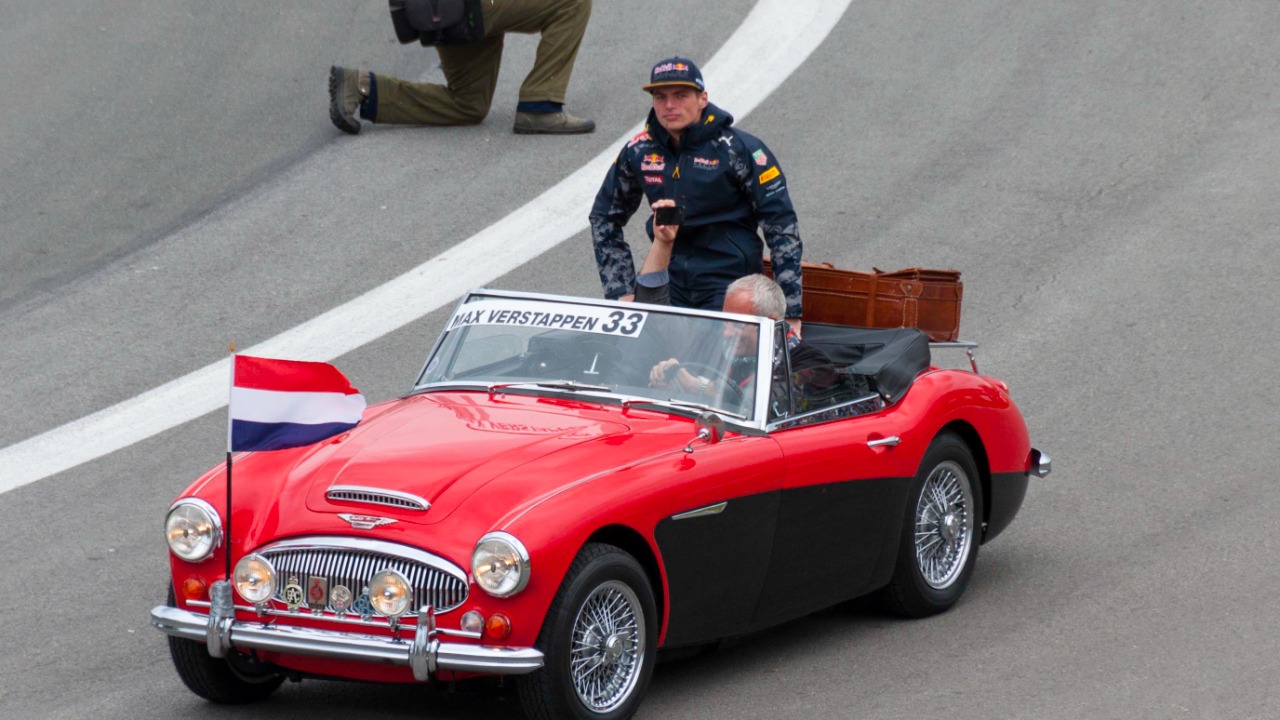
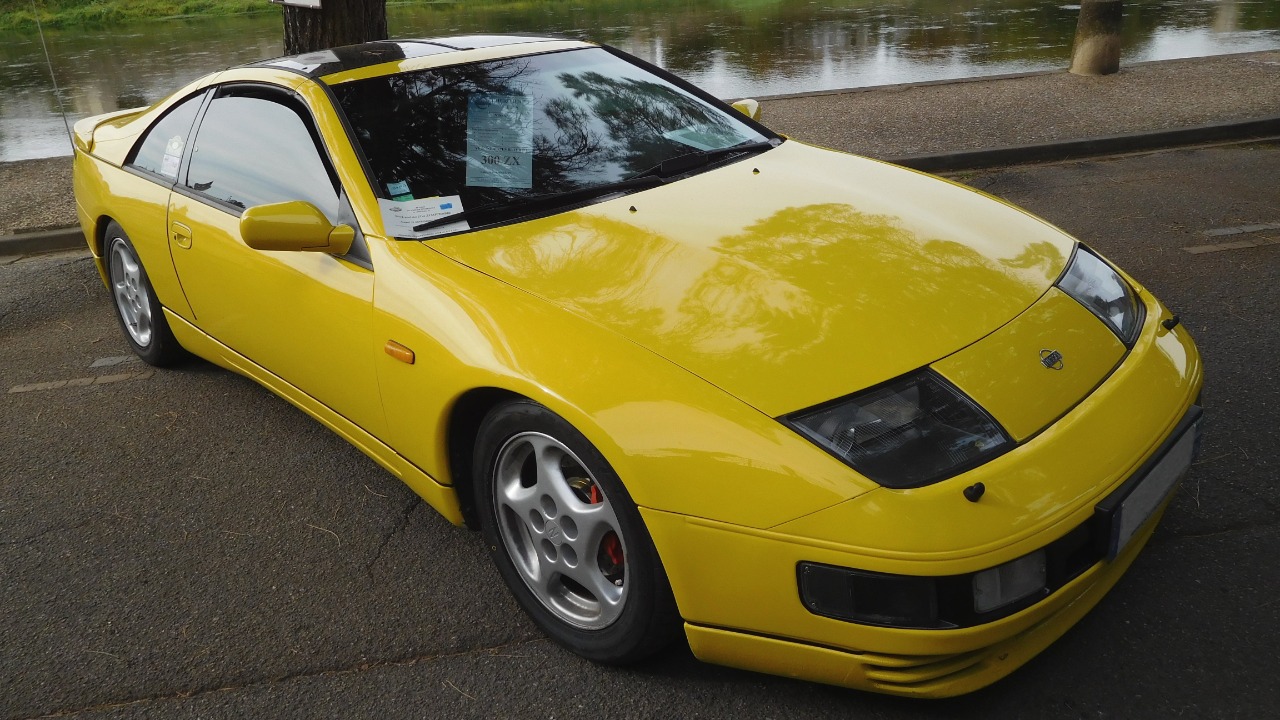
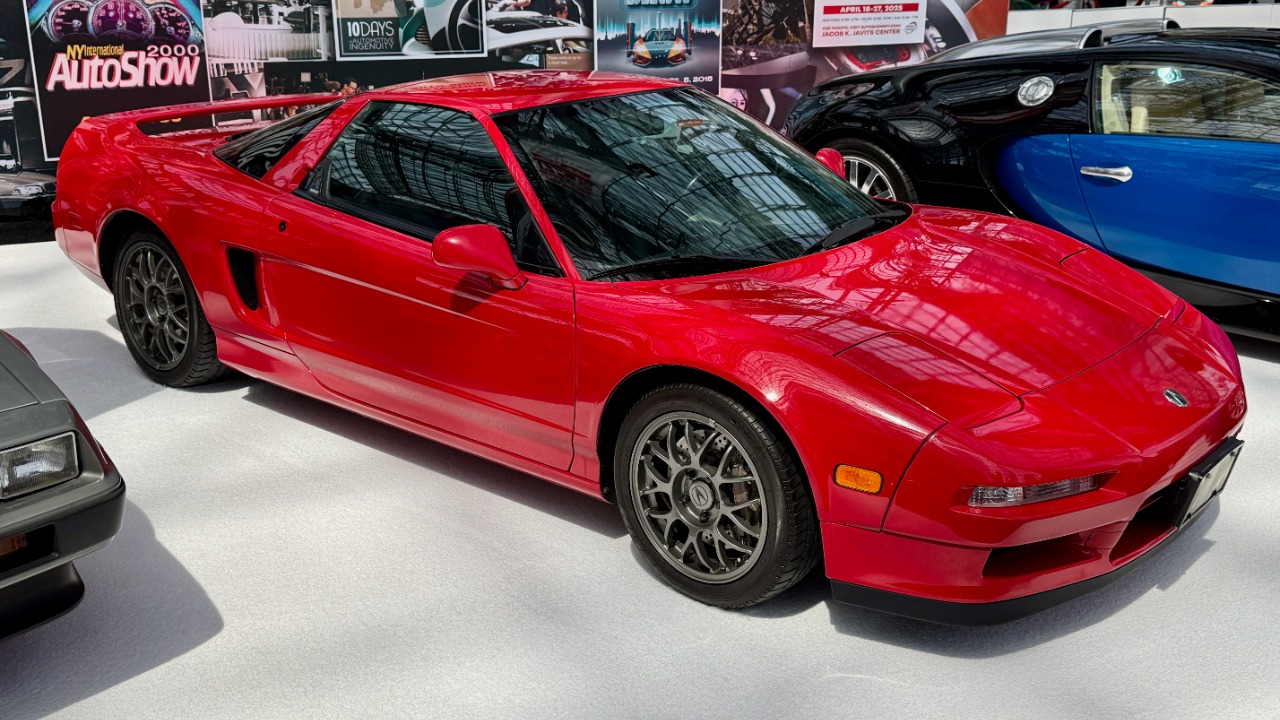
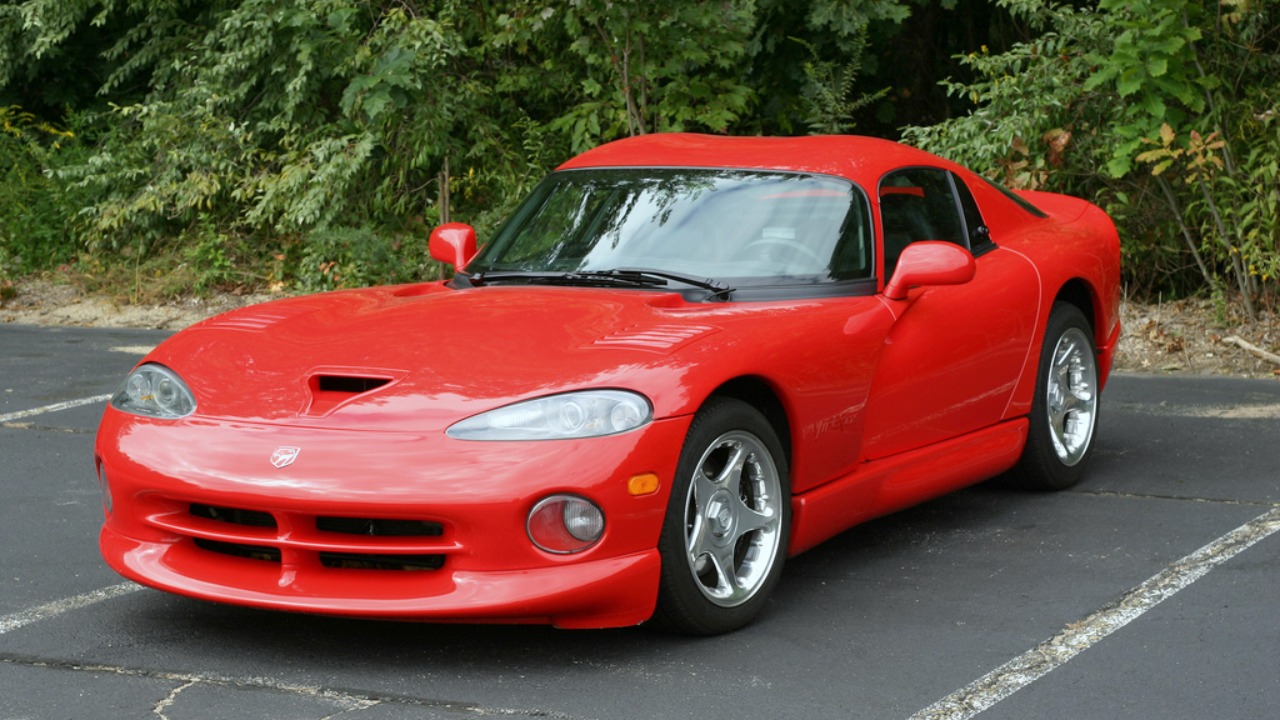
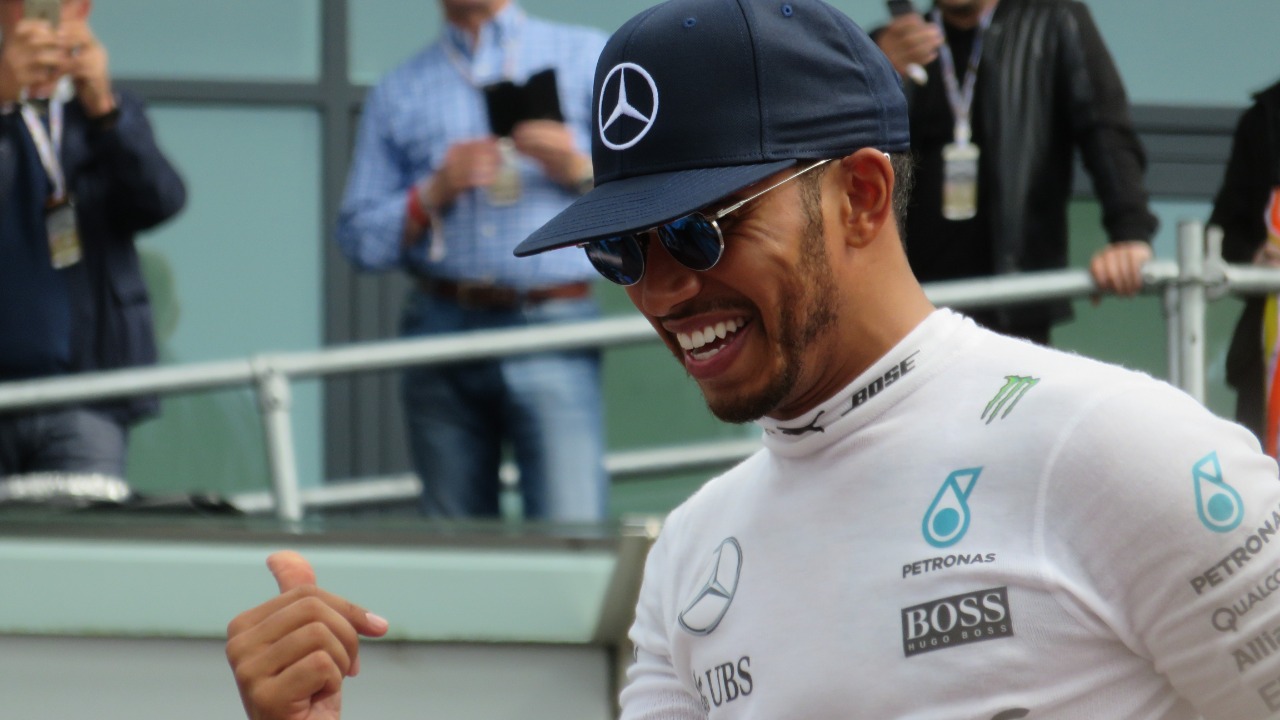
Leave a Reply